News
Samsung Galaxy S22 Series’s 45W fast charging is no real improvement
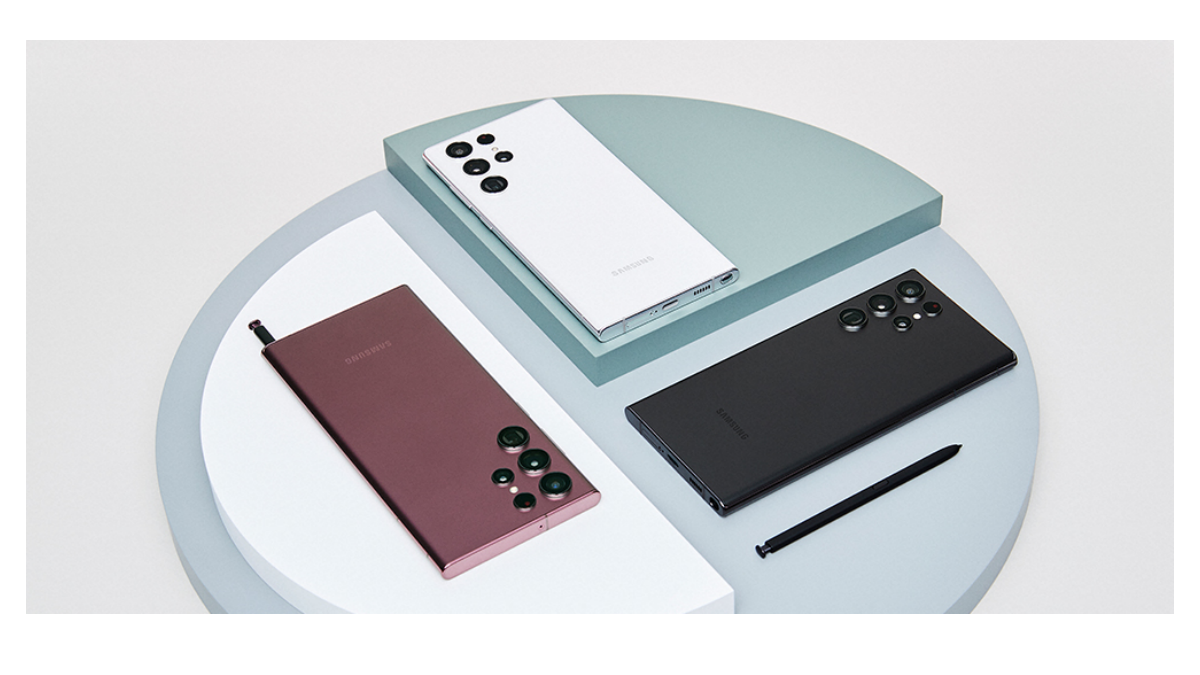
With the continuous improvement of charging speed, this year’s Galaxy S22 series has made great progress in the development of fast charging speed. Among them, Galaxy S22 Ultra and Galaxy S22+ support 45W wired fast charging; Galaxy S22 is still 25W. The foreign technology media GSMArena evaluated the charging speed of the new S22+ and S22 Ultra.
To achieve good results, the review team tested with three chargers, Samsung’s original 45W and 25W chargers, and a third-party 65W PD charger. Note that both of these Samsung chargers support Power Delivery (PD) and Programmable Power Supply (PPS) standards, while third-party solutions are only PD certified.
Check more How to use Wireless power share on Galaxy S22 Series?
As you can see, the Galaxy S22+ has a 62% battery after 30 minutes with a 25W Samsung charger, while the 45W charger is at 64%; the S22 Ultra has a 61% battery after 30 minutes with a 25W charger, 45W battery power reaches 60%. A third-party 65W PD charger managed to simultaneously charge the Ultra’s battery by 65%, but these results are all within the margin of error.
When using the 45W charger, the S22+ takes 1:01 hour to fully charge from 0%, which is 1 minute longer than when using the 25W charger; it takes exactly 1:04 hours to charge the S22 Ultra from 0% to the full charge using the 25W charger, while That task was done 5 minutes faster with the 45W charger or 59 minutes. The 65W PD third-party charger took 1:02 hours.
This shows that Samsung’s claimed 45W charging rate is completely misleading, and even when paired with an original Samsung charger, it doesn’t offer any real benefit over a 25W solution in terms of charging time. Not only that, but Samsung had the same problem with the Galaxy Note 10+.
Check more How to use Emergency mode Samsung Galaxy S22 Series
The company then dropped the Galaxy Note 20 Ultra’s 45W fast charging. With the Galaxy S22+ and S22 Ultra back to 45W fast charging, that spec’s fast charging can’t be experienced in real life.
This has two important implications: First, if charging speed is important to you, the Galaxy S22 lineup will be as disappointing as Samsung’s previous flagships. As has been the case for the past two years, it takes an hour to fully charge. Second, if you end up buying the S22+ and S22 Ultra, there’s no need to spend $50/€50 on a 45W Samsung charger. A $20/€20 25W charger can actually do the same thing.
News
How to take Screenshot On Samsung Galaxy A54
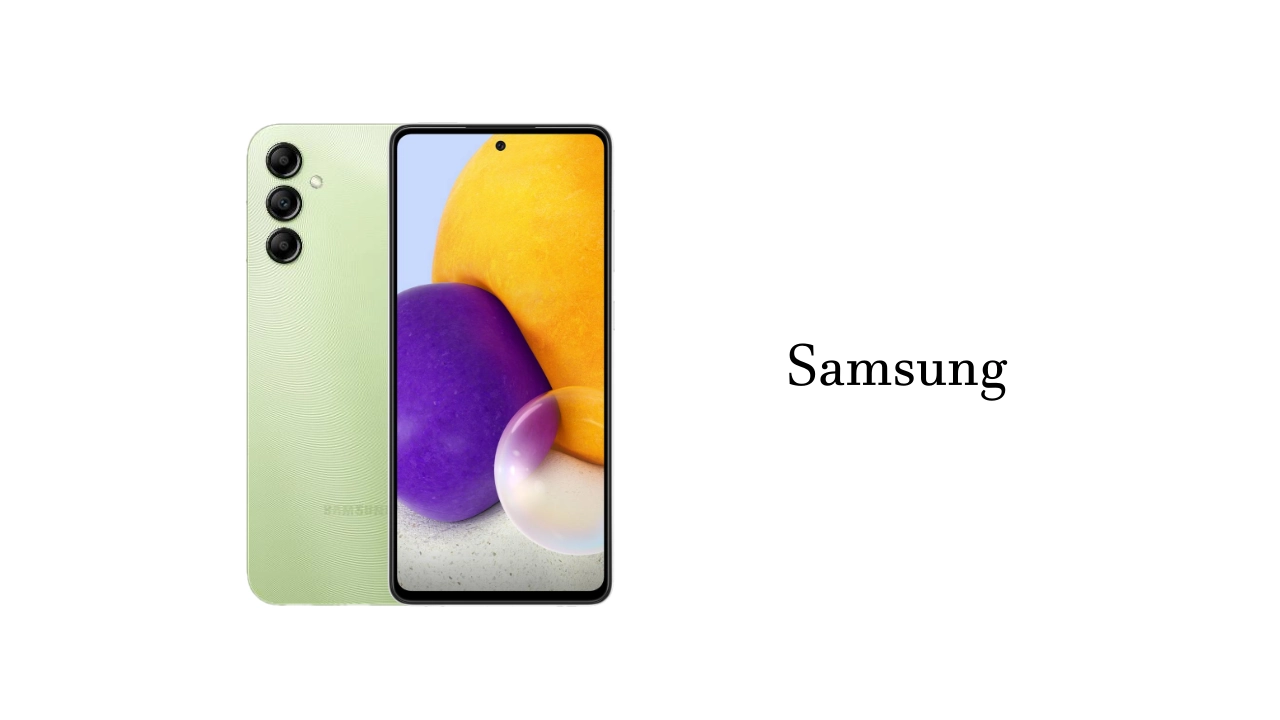
Taking screenshots on our smartphones is becoming increasingly common and has become an invaluable part of our technology lives. But do you know how to take a screenshot on your Samsung Galaxy A54?
Whether you’re trying to capture a text conversation with a friend or just need to grab something quickly from the internet, we’ve got you covered with this step-by-step guide. Keep reading to find out how easy it is to take screenshots on your Samsung Galaxy A54!
How to take a screenshot using the physical buttons
- To take a screenshot using the physical buttons, simply press and hold the power button and the volume down button at the same time.
- The screen will flash, indicating that a screenshot has been taken.
- You can find the screenshot in your gallery app.
How to take a screenshot using Palm Swipe
Palm Swipe is a feature that allows you to take a screenshot on your Galaxy S23 Ultra by swiping the edge of your hand across the screen. To use Palm Swipe, follow these steps:
- Enable Palm Swipe: Go to Settings > Advanced features > Motions and gestures. Enable Palm swipe to capture.
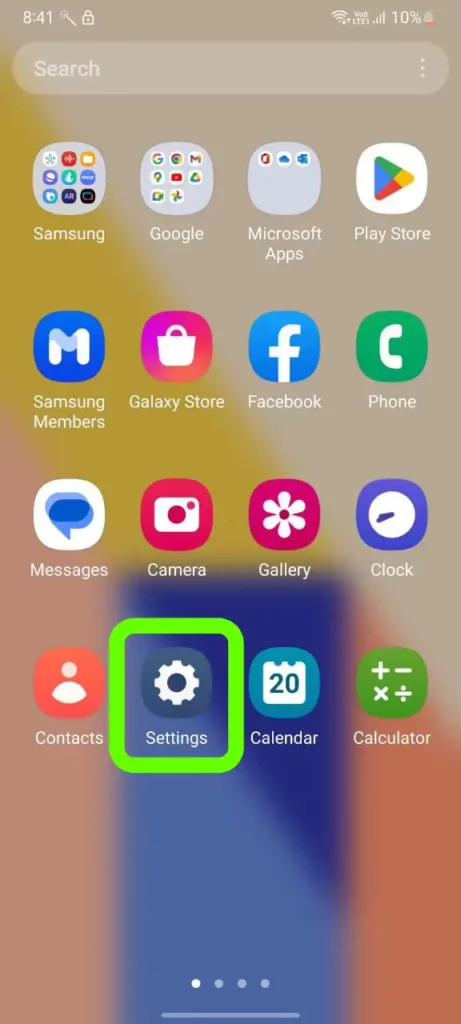
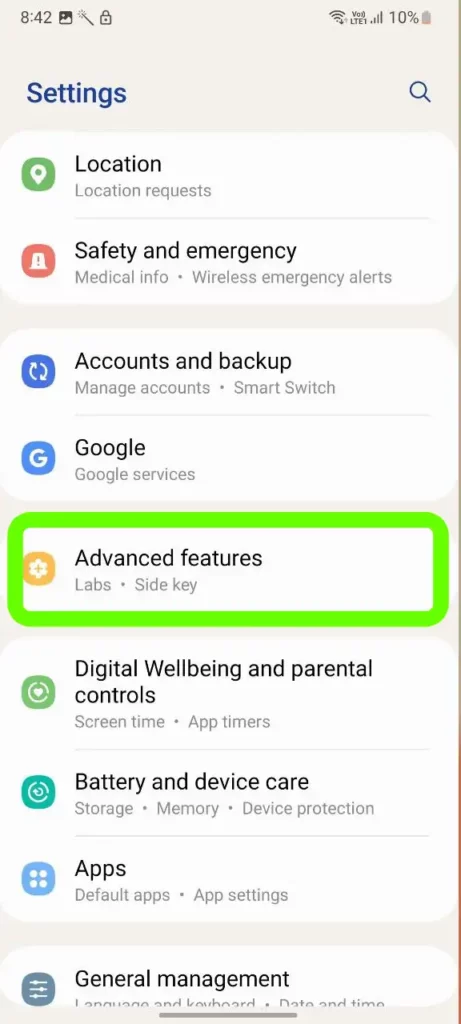
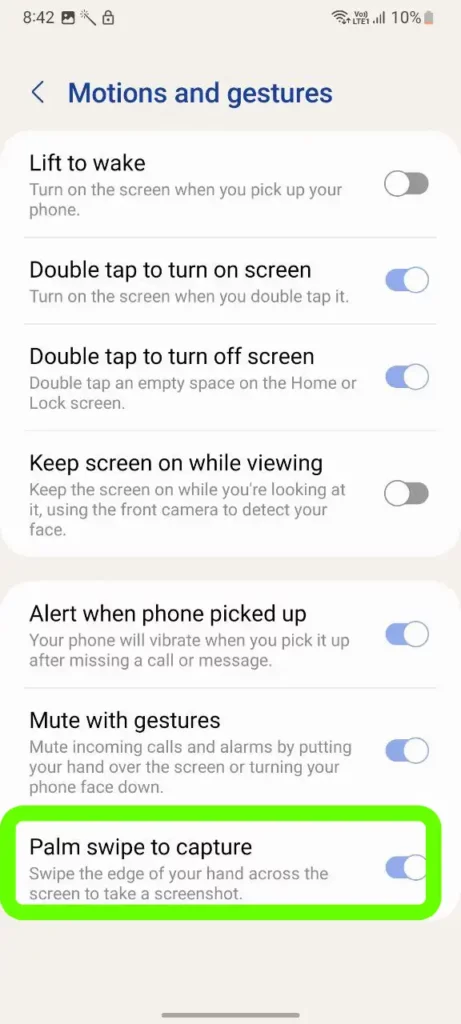
- Take a screenshot: Place your hand vertically on either side of the screen, then swipe across the screen from one side to the other as if you were taking a photo.
How To
How to enable Ethernet tethering on Samsung Galaxy A53 smartphone
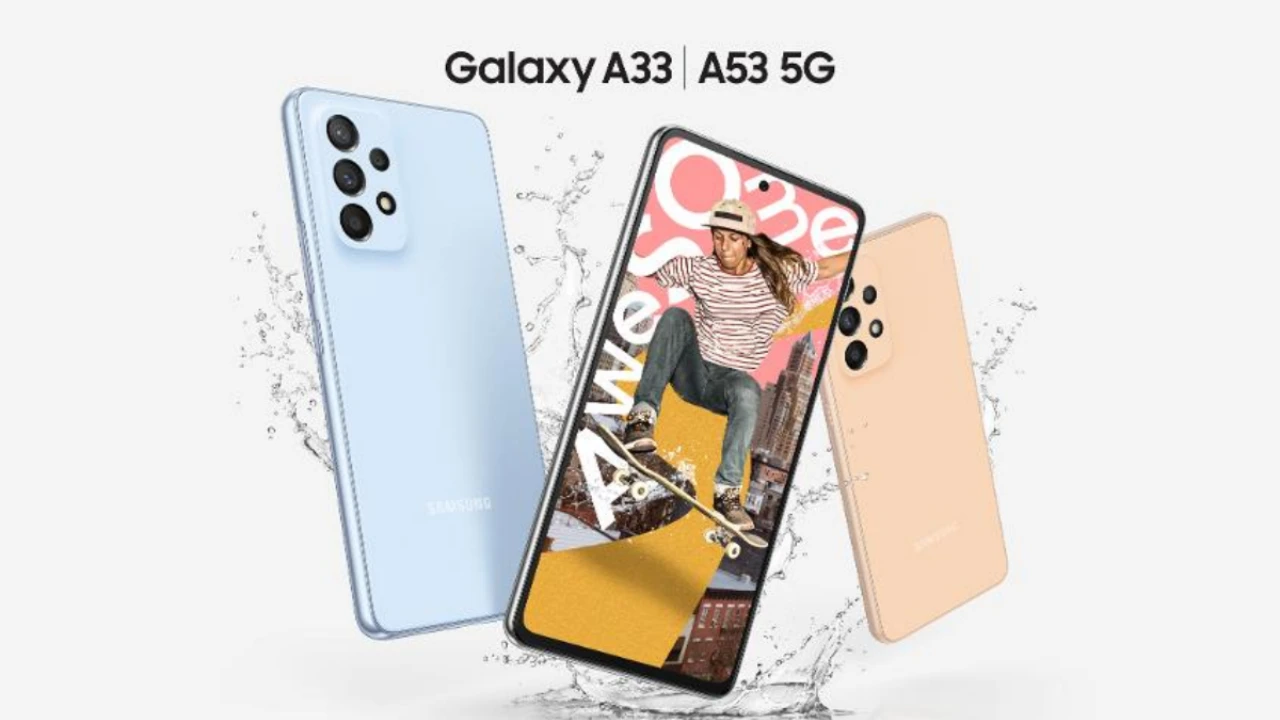
Are you looking to learn how to ethernet tethering your Samsung Galaxy A53? With the ability to ethernet tethering, you can share your mobile data connection with other devices, allowing them to access the internet without a Wi-Fi network. Ethernet tethering has traditionally been done using Wi-Fi connections, but with the latest technology, you can now set up tethering using Ethernet connections.
In this guide, we’ll walk you through the steps of setting up Ethernet tethering on your Samsung Galaxy A53 smartphone. We will also discuss some of the benefits and drawbacks of using this method compared to other ways of tethering.
Enable Ethernet tethering on Galaxy A53 smartphone
- First, go to “Settings“

- Then, click on “Connections“

- Now, you will see “Mobile Hotspot and Tethering” Option, click on it.

- Then, enable “Ethernet tethering“.
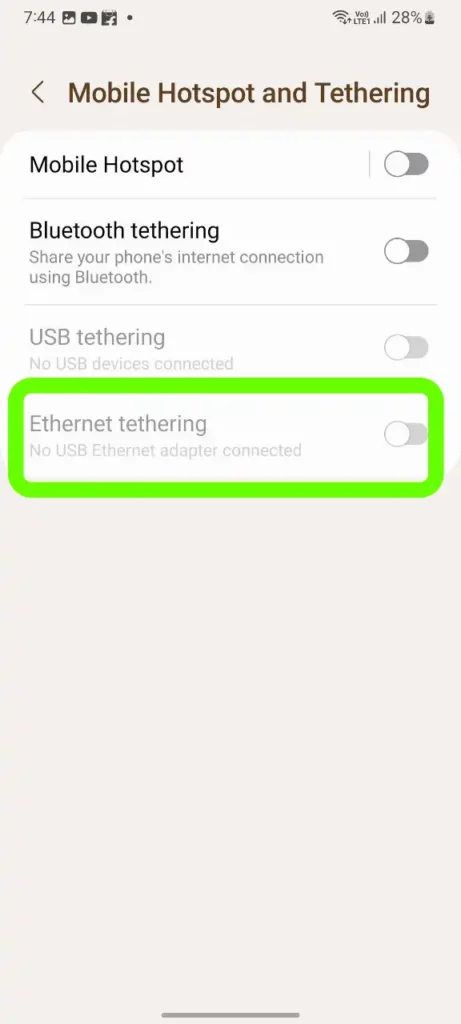
We hope that this article has been able to provide you with some helpful tips and tricks for How to enable Ethernet tethering on Samsung Galaxy A53 smartphone. Now you can share your experiences or capture important information without any hassle!
News
Fix: Samsung Galaxy Z Flip 3 user facing WiFi connecting Issue
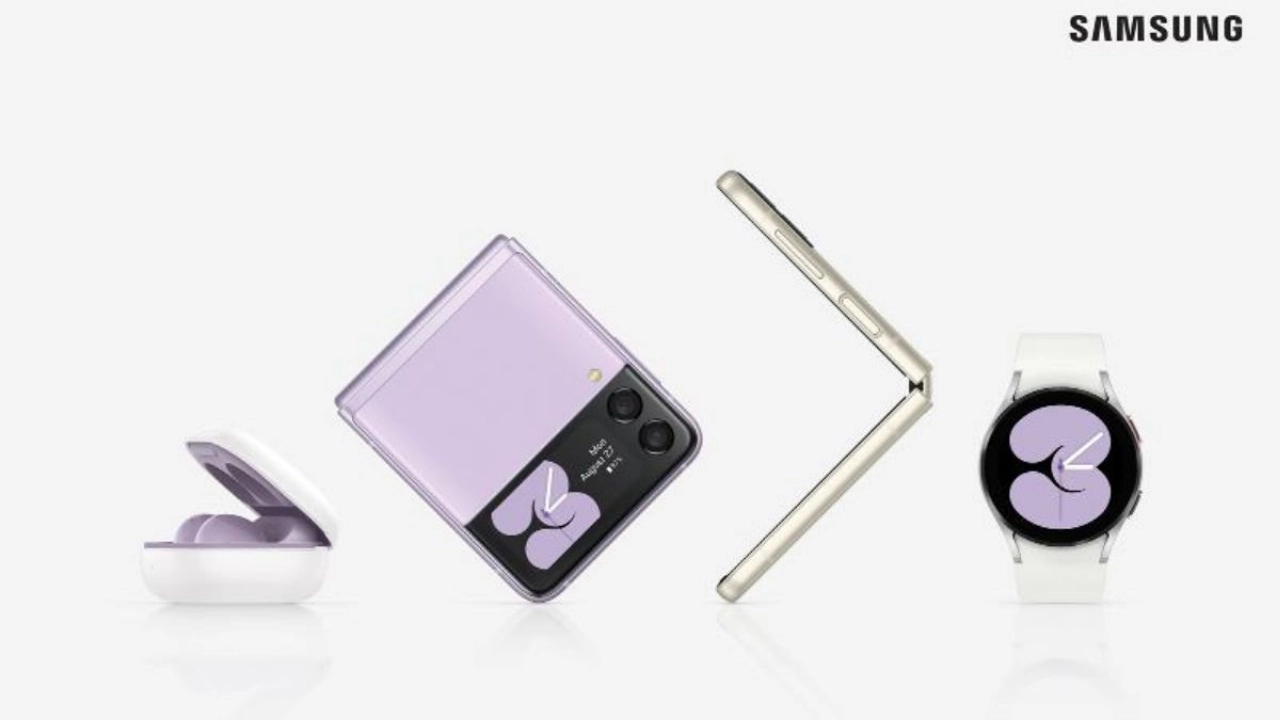
Tech enthusiasts across the world have been going wild since Samsung announced the launch of the much-anticipated Samsung Galaxy Z Flip 3. From its impressive design to its cutting-edge features, this latest smartphone model is a must-have device for tech savvy users.
Unfortunately, however, some users have reported facing issues in connecting to Wifi networks with their smartphone. If you’re having trouble getting connected with your Galaxy Z Flip 3, don’t worry – we’ve got you covered! In this blog post, we’ll be taking a look at how to fix user-facing WiFi connecting issues on your Samsung Galaxy Z Flip 3. Let’s get started!
How to fix Galaxy Z Flip 3 WIFI not working issue
Restart your device
If your Samsung Galaxy device is not connecting to WiFi, the first thing you should try is restarting your device. To do this, simply power off your phone and then turn it back on. This should fix the problem if it was caused by a temporary glitch.
Toggle the Airplane Mode
If your Samsung Galaxy device is having trouble connecting to WiFi, one of the first things you should try is toggling the Airplane Mode. This setting turns off all wireless connections on your phone, which can sometimes be the cause of the problem. To toggle Airplane Mode, simply pull down the notification shade and tap on the Airplane Mode icon.
Restart Wifi Connections
If your Samsung Galaxy device is having trouble connecting to WiFi, you can try restarting your WiFi connections. To do this, go to Settings > Network & Internet > WiFi and toggle the WiFi off and on. You can also try forgetting the WiFi network and then reconnecting to it. If you’re still having trouble, you can try resetting your device’s network settings. To do this, go to Settings > General Management > Reset > Reset Network Settings.
Connect a different device
If your Samsung Galaxy device is having difficulty connecting to your WiFi network, there are a few things you can try. First, try connecting a different device to the WiFi network. If that device is able to connect without any problems, then the issue is most likely with your phone and not the WiFi network.
Check update
If your phone is having trouble connecting to WiFi, the first thing you should do is check for any available updates. To do this, go to Settings > About device > Software update and see if there are any updates available. If there are, install them and see if that fixes the problem.
Restore Factory
If your Samsung Galaxy device is having trouble connecting to Wi-Fi, you can try restoring the factory settings. This will reset all of your network settings, including your Wi-Fi passwords, so make sure to write them down before you begin. To restore your Galaxy S Ultra to its factory settings:
- Open the Settings app and tap “General management.”
- Tap “Reset.”
- Tap “Factory data reset.”
- Tap “Reset device.”
- Enter your PIN or password if prompted.
- Tap “Continue.”
- Tap “Delete all.”
Could It Be A Hardware Issue?
If your phone is having trouble connecting to WiFi, it could be a hardware issue. So you should visit Samsung customer care centre for repair your device.
